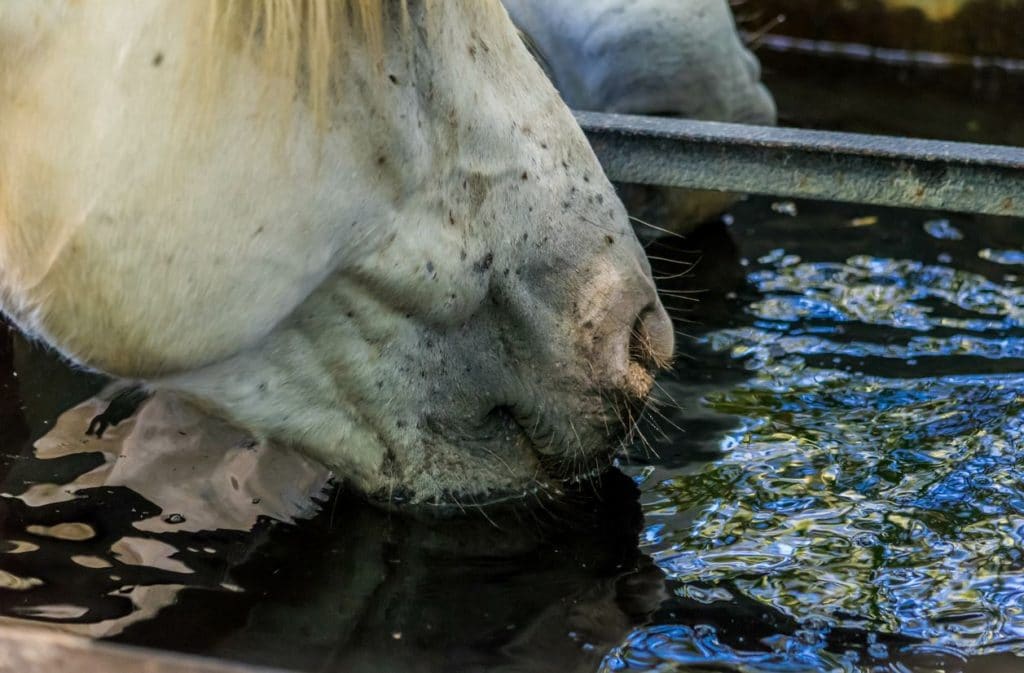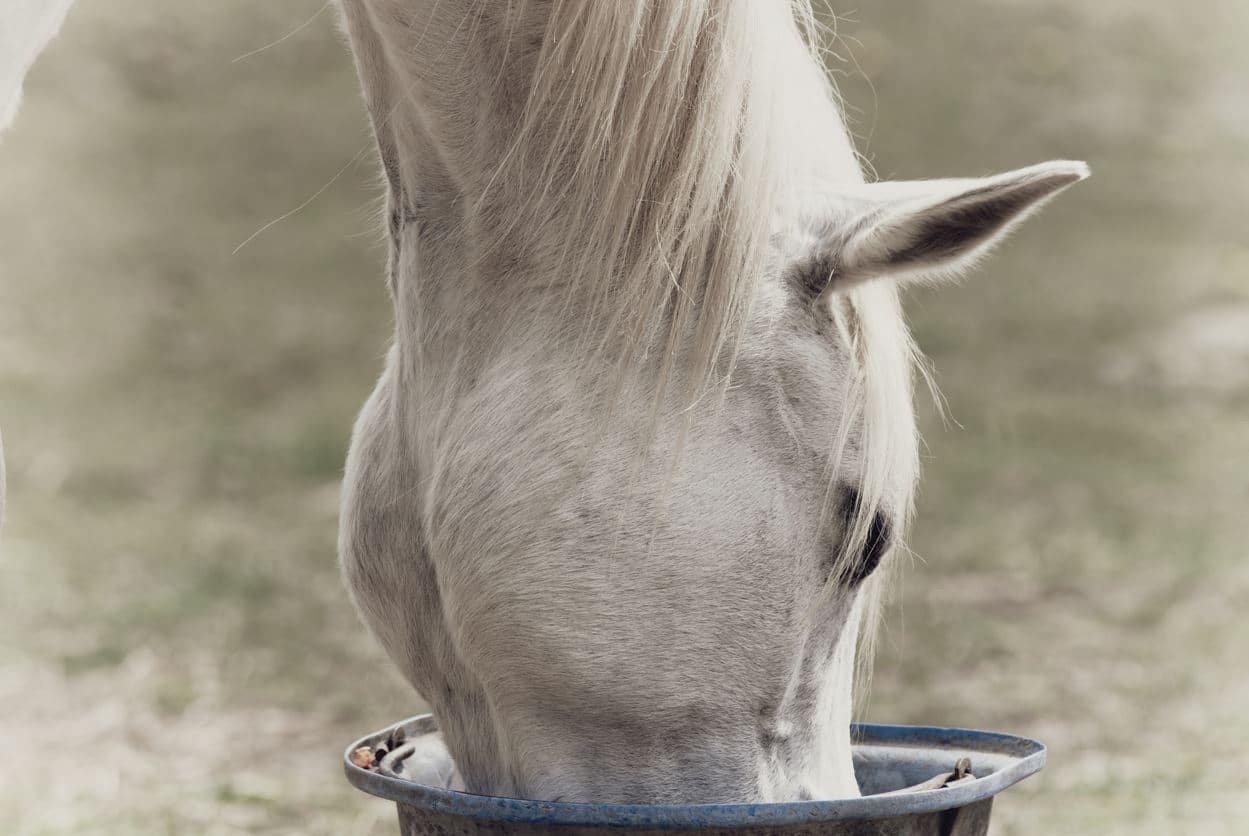Controlling the storage and distribution of feed is essential to avoid losses. Feed should be stored in a dry, temperate environment, away from rodents, pets, birds and any source of contamination or soiling.
How to store your horse feed properly to avoid losses?
Bag storage
Store bags on pallets to allow air to circulate. Do not lean against wet walls.
If necessary, for safety, empty contents into tightly closed and ventilated containers.
Silo maintenance
Silos should be completely emptied and cleaned 3 or 4 times per year.
Fumigants will be used during the cleaning operations to ensure that the interiors are thoroughly cleaned.
Food distribution
Do not mix balanced feeds with products of uncertain or insufficiently proven nutritional efficacy, preservative properties or quality.
Ensure that horse feeders are clean: wash and dry them before feeding.
Ensure sufficient good quality water: clean water troughs or buckets, clean and freely available drinking water.
Horses at rest or at work: important differences in terms of feeding
A horse at rest drinks 3 to 4 liters of water per kg of dry matter ingested (20 to 28 liters per day depending on the ambient temperature).
A horse undergoing intense work needs 5 to 6 liters of water per kg of dry matter ingested. (50 to 75 liters per day depending on the effort and the outside temperature).

A horse at rest drinks 3 to 4 liters of water per kg of dry matter ingested (20 to 28 liters per day depending on the ambient temperature).
A horse undergoing intense work needs 5 to 6 liters of water per kg of dry matter ingested. (50 to 75 liters per day depending on the effort and the outside temperature).



